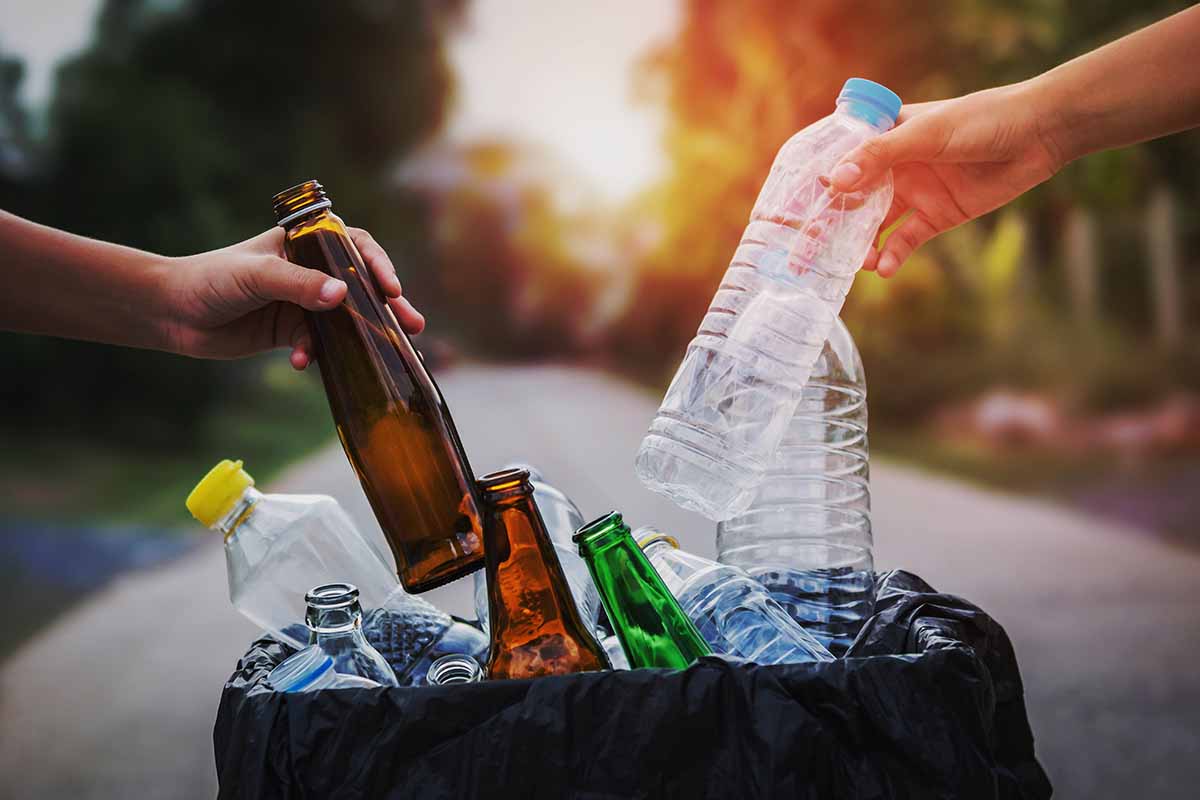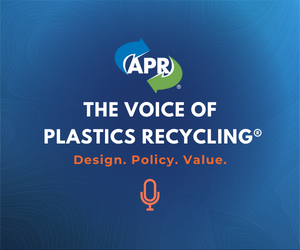
Experts from both government and industry offered their advice on how to harmonize multiple programs. | Gavrilhurgoi/Shutterstock
Bottle deposit systems and extended producer responsibility programs for packaging can complement each other, but need to be run effectively, panelists recently explained.
On an April 13 Northeast Recycling Council (NERC) webinar called “EPR for Packaging and Bottle Bill Programs: How Can They Coexist?”, panelists discussed the best way to integrate bottle bills and extended producer responsibility (EPR) for packaging.
Peter Spendelow, a natural resource specialist at the Oregon Department of Environmental Quality, noted first that “bottle bills are EPR packaging legislation.” He pointed out that Oregon has a unique bottle bill system where producers fully run it as a collective and do not have to produce a program plan for the state to approve
Heidi Sanborn, founding director of the California Product Stewardship Council and the National Stewardship Action Council, said in California, the state fully runs the bottle deposit system, which she called ineffective. She said she and others are working on a national bottle bill and that “DRS [deposit return systems] and EPR for packaging can and do exist” together.
“We prefer to get DRS first and then you put the EPR for packaging as a separate program,” she said, adding that states without any EPR programs should start with EPR for paint or mattresses before trying to tackle packaging.
“Be careful,” she warned attendees. “Don’t take on more than you can do well.”
Allen Langdon, CEO of Canadian company Circular Materials that manages the PRO for many provinces, brought a different perspective to the discussion, saying he felt the time is right to start with EPR for packaging as there is “lots of momentum there and lots of good templates.”
He suggested gauging producer interest and then exploring the possibility of adding beverage containers and how. Partnerships with retailers are crucial to a successful bottle program, he added, as is having independent directors on an industry board, along with a transparent, industry-controlled program with clear performance targets and accountability.
One single deposit program is also a better idea than two or more, Langdon said.
In response to concerns about removing valuable material from curbside programs and weakening them, Spendelow noted that Oregon has never included aluminum cans curbside, “but we have some of the strongest curbside programs in the nation.”
“You don’t want to put valuable things into a less effective program,” he said, referencing aluminum cans. “You want them to be in the most effective program and that’s the bottle bill.”



